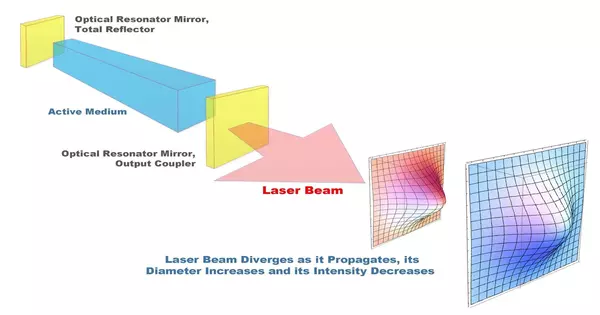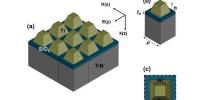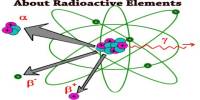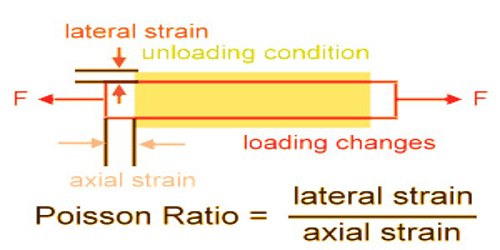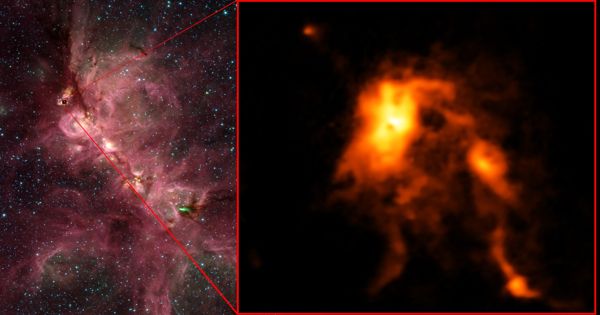The active laser medium (also known as a gain medium or lasing medium) is the source of optical gain within a laser. The gain is caused by the stimulated emission of photons via electronic or molecular transitions to a lower energy state from a higher energy state previously occupied by a pump source.
An active laser medium is a critical component in a laser system that creates and amplifies light via a process known as stimulated emission. It is critical to laser operation because it provides the appropriate conditions for laser action.
Here are the key characteristics of an active laser medium:
- Amplification of Light: It is in charge of enhancing light via the stimulated emission mechanism. Stimulated emission happens when an incoming photon interacts with an excited atom or molecule, leading it to produce a second photon that is wavelength, phase, and directionally coherent with the initial photon. Lasers are distinguished from other light sources by their coherent amplification.
- Energy Levels: It is made up of atoms, ions, or molecules with varying energy levels. The wavelengths of light that the laser can emit are determined by these energy levels. After being excited to a higher energy state, atoms or molecules can return to a lower energy state by emitting photons of a specific wavelength.
- Pumping Mechanism: To produce population inversion, which is required for laser action, the active laser medium must be pumped with energy, causing a significant number of its atoms or molecules to be elevated to higher energy levels. This pumping mechanism can be accomplished by a variety of methods, including electrical discharge, optical pumping, and chemical processes.
- Gain Medium: It is also known as the gain medium since it offers the necessary gain or amplification for laser operation. The ability of a gain media to magnify light is defined by its gain coefficient, which quantifies the rate of stimulated emission vs photon absorption inside the medium.
- Types of Active Media: It can take various forms, depending on the specific type of laser. Some common examples include gas lasers (e.g., helium-neon, carbon dioxide), solid-state lasers (e.g., Nd:YAG, ruby), liquid lasers, and semiconductor lasers. Each type of laser medium has its own unique properties and characteristics.
- Cooling: During laser operation, the active laser medium may generate heat due to energy transitions and the pumping process. Proper cooling mechanisms are often employed to maintain the stability of the gain medium and prevent overheating.
- Optical Resonator: It is usually put inside an optical resonator, which is made up of two mirrors, one of which is slightly reflecting. This resonator contributes to coherent light amplification by allowing photons to traverse back and forth within the gain medium many times.
In summary, an active laser medium is a substance or medium that can magnify light via stimulated emission and acts as the heart of a laser system. It is crucial in defining the wavelength, power, and overall performance parameters of the laser. Depending on the required output and application, different types of lasers use different active media.
